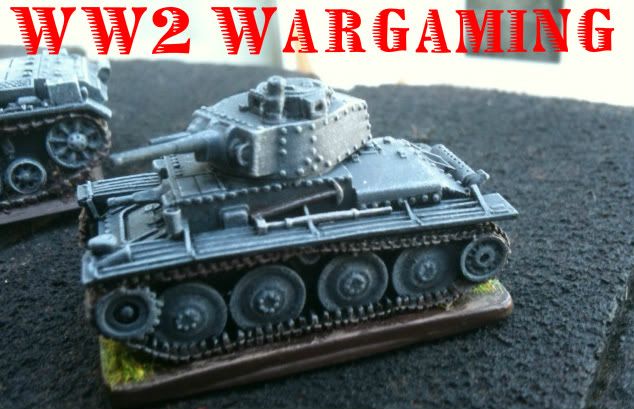During World War II, approximately 19,247 Shermans were issued to the US Army and about 1,114 to the US Marine Corps. The U.S. also supplied 17,184 to Great Britain (some of which went to the Canadians and the Free Poles), while the Soviet Union received 4,102 and an estimated 812 were transferred to China. These numbers were distributed further to the respective countries' allied nations.
The U.S. Marine Corps used the diesel M4A2 and gasoline-powered M4A3 in the Pacific. However, the Chief of the Army's Armored Force, Lt. Gen. Jacob L. Devers, ordered no diesel-engined Shermans be used by the Army outside the Zone of Interior (the continental U.S.). The Army used all types for either training or testing within the United States, but intended the M4A2 and M4A4 (with the A57 Multibank engine) to be the primary Lend-Lease exports.
First combat
The Sherman was being issued in small numbers for familiarization to US armored Divisions when there was a turn of events in the Western Desert. Rommel had taken Tobruk, and Egypt (and the Suez Canal) was threatened. The US considered collecting all Shermans together so as to be able to send the 2nd Armored Division under Patton to reinforce Egypt, but delivering the Shermans directly to the British was quicker and 300 had arrived there by September 1942.
The M4A1 Sherman first saw combat at the Second Battle of El Alamein in October 1942 with the British 8th Army. The first U.S. Shermans in battle were M4A1s in Operation Torch the next month. At this time, Shermans successfully engaged German Panzer IIIs with long barreled 50 mm L/60 guns, and Panzer IVs with short barreled 75 mm L/24 guns. Additional M4s and M4A1s replaced M3 Lees in U.S. tank battalions over the course of the North African campaign. The M4 and M4A1 were the main types in U.S. units until late 1944, when the Army began replacing them with the preferred M4A3 with its more powerful 500 hp (370 kW) engine. Some M4s and M4A1s continued in U.S. service for the rest of the war.
Encounters with a company of Tiger Is, with their heavier armor and 88 mm L/56 guns, in Tunisia were typical of the mid-war period: the fearsome quality of a few German heavy tanks and their crews could sometimes be overcome by the quantity and mobility of the Shermans, supported by artillery and airpower, but sometimes at a great cost in U.S. tanks and crewmen. By June 1944, the Panzer IV had been up-gunned with a 75 mm L/48 weapon, and 75 mm Shermans were out-gunned on a regular basis. The first Sherman to enter combat with the 76 mm gun in July 1944 was the M4A1, closely followed by the M4A3. By the end of the war, half the U.S. Army Shermans in Europe had the 76 mm gun. The first HVSS Sherman to see combat was the M4A3E8(76)W in December 1944.
Pacific Theater
While combat in the European Theater of Operations (ETO) consisted of high-profile armored warfare, the mainly naval nature of the Pacific Theater of Operations (PTO) relegated it to secondary status for both the Allies and the Japanese. While the US Army fielded 16 armored divisions and 70 independent tank battalions during the war, only a third of the battalions and none of the divisions were deployed to the Pacific Theater. Indeed, even the Imperial Japanese Army (IJA) deployed only their 2nd Tank Division to the Pacific during the war. The environment in which armor from both sides had to operate was generally described as tropical rain forests, which most armies simply classified as jungles. For this type of terrain, the Japanese and the Allies found light tanks easier to transport, maneuver and employ.
During the early stages of combat in the Pacific, specifically the Guadalcanal Campaign, the U.S. Marine Corps' M2A4 light tank fought against the equally matched Type 95 Ha-Go light tank; both were armed with a 37 mm main gun, however the M2 (produced in 1940) was newer by five years. By 1943, the IJA still used the Type 95 and Type 97 Chi-Ha medium tanks, while Allied forces were quickly replacing their light tanks with 75 mm-armed M4s. The Chinese in India received 100 M4 Shermans and used them to great effect in the subsequent 1943 and 1944 offensives.
To counter the Sherman, the Japanese developed the Type 3 Chi-Nu and the heavier Type 4 Chi-To; both tanks were armed with 75 mm guns, but of different type. Only 166 Type-3's and two Type-4's were built and none saw combat; they were saved for the defense of the Japanese homeland, leaving 1930s vintage light and medium tanks to do battle against 1940s built medium Allied armor.
During these latter years of the war, General Purpose High Explosive (HE) ammunition was preferred, because armor-piercing rounds, which had been designed for penetrating thicker steel, simply went through the thin armor of Japanese tanks, and often out the other side without stopping. Although the high-velocity guns of the tank destroyers were useful for penetrating fortifications, M4s armed with flamethrowers were often deployed, as direct cannon fire seldom destroyed Japanese fortifications.




No comments:
Post a Comment